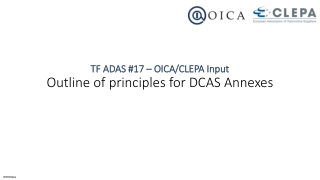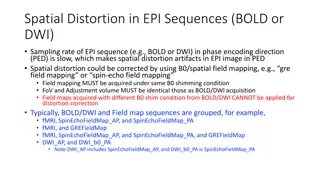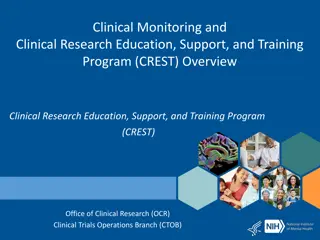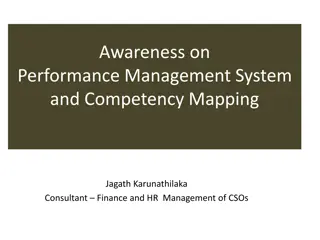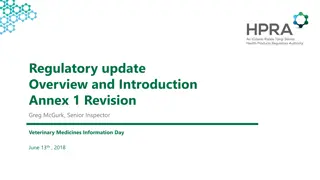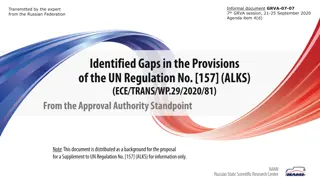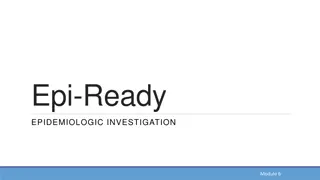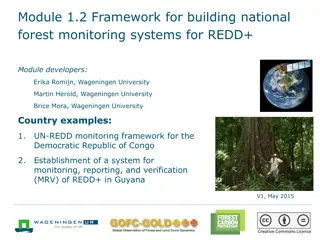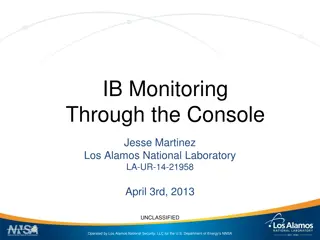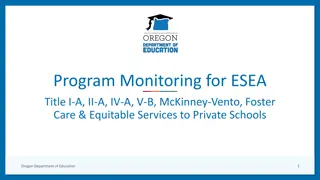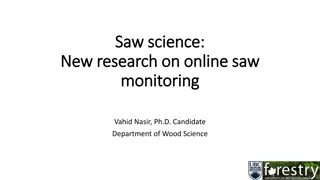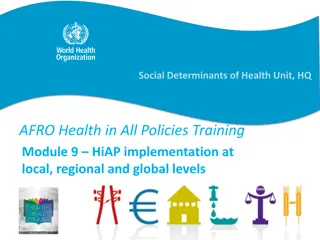
Monitoring Tool for National EPI Teams Performance
"Explore PAHO's comprehensive tool for assessing and improving national immunization program performance. Self-assess across 13 EPI components, set priorities, and develop action plans for enhancement."
Download Presentation

Please find below an Image/Link to download the presentation.
The content on the website is provided AS IS for your information and personal use only. It may not be sold, licensed, or shared on other websites without obtaining consent from the author. If you encounter any issues during the download, it is possible that the publisher has removed the file from their server.
You are allowed to download the files provided on this website for personal or commercial use, subject to the condition that they are used lawfully. All files are the property of their respective owners.
The content on the website is provided AS IS for your information and personal use only. It may not be sold, licensed, or shared on other websites without obtaining consent from the author.
E N D
Presentation Transcript
Template PAHO's performance PAHO's performance monitoring tool for monitoring tool for national EPI teams national EPI teams Annex C. Presentation for the member state
Agenda Agenda Aim and objective of the tool Different parts of the tool Rating questions on a maturity scale Key points to consider Expected outputs
The tools objective is to The tool s objective is to Self-assess performance of the national immunization program in the country across 13 EPI components using a comprehensive performance management tool to identify successes and gaps and set priorities for the program
And it aims to And it aims to To self-assess the performance of each component of EPI (as shown in the diagram) Develop a national action plan for the improvement of EPI and to: Prioritize the recommendations that require immediate intervention Define the timeline for activities and budget required. Determine if further assessment or support is required to address gaps in a specific component.
The tool has different four main parts to it The tool has different four main parts to it 2. Five-point maturity scale 1. Questions 3. National/sub national level 4. Sub sections
And a total of And a total of 196 questions across all components: 109 at the national level 67 at the subnational level 20 at the local level
The five-point scale helps to assess maturity across each question LEVEL 3: DEFINED The available elements are implemented with the functionality of a routine system. Biases or problems are not recognized. LEVEL 5: OPTIMIZED All elements are available, reliable, complete, up-to-date and implemented in a standardized and efficient way. LEVEL 1: INITIAL Insufficient or unavailable elements. 1 2 3 4 5 LEVEL 4: QUANTITATIVELY MANAGED All items are available, reliable, complete, up-to-date. And some biases/problems are known that can be improved. LEVEL 2: MANAGED The available elements present problems of completeness, updating, their use is not appropriate.
There are four key points to consider when conducting the self-assessment The tool is self-administered by the country PAHO CIM advisors only provide support and technical clarifications. They do not provide recommendations to select a final rating The tool is designed for self-assessment EPI and promoting improvement in the program. It is not intended to evaluate or pass judgment on the country's performance. The maturity scale rating is not the primary focus; identifying the underlying causes of bottlenecks and achievements is what will aid the country's improvement.
This self assessment will yield five main outputs 1 Desk review: To gather data on the performance of each component of the EPI over the last 5 years. 2 Situation analysis: To provide a situation overview of EPI before the self-assessment is conducted 3 Performance Monitoring Tool: Self-administered at the national and sub-national level and through field visits at the local level 4 Final report and presentation: Description of the current status of each EPI components and recommendations. 5 Action plan A plan to close the most urgent gaps of the national EPI.

